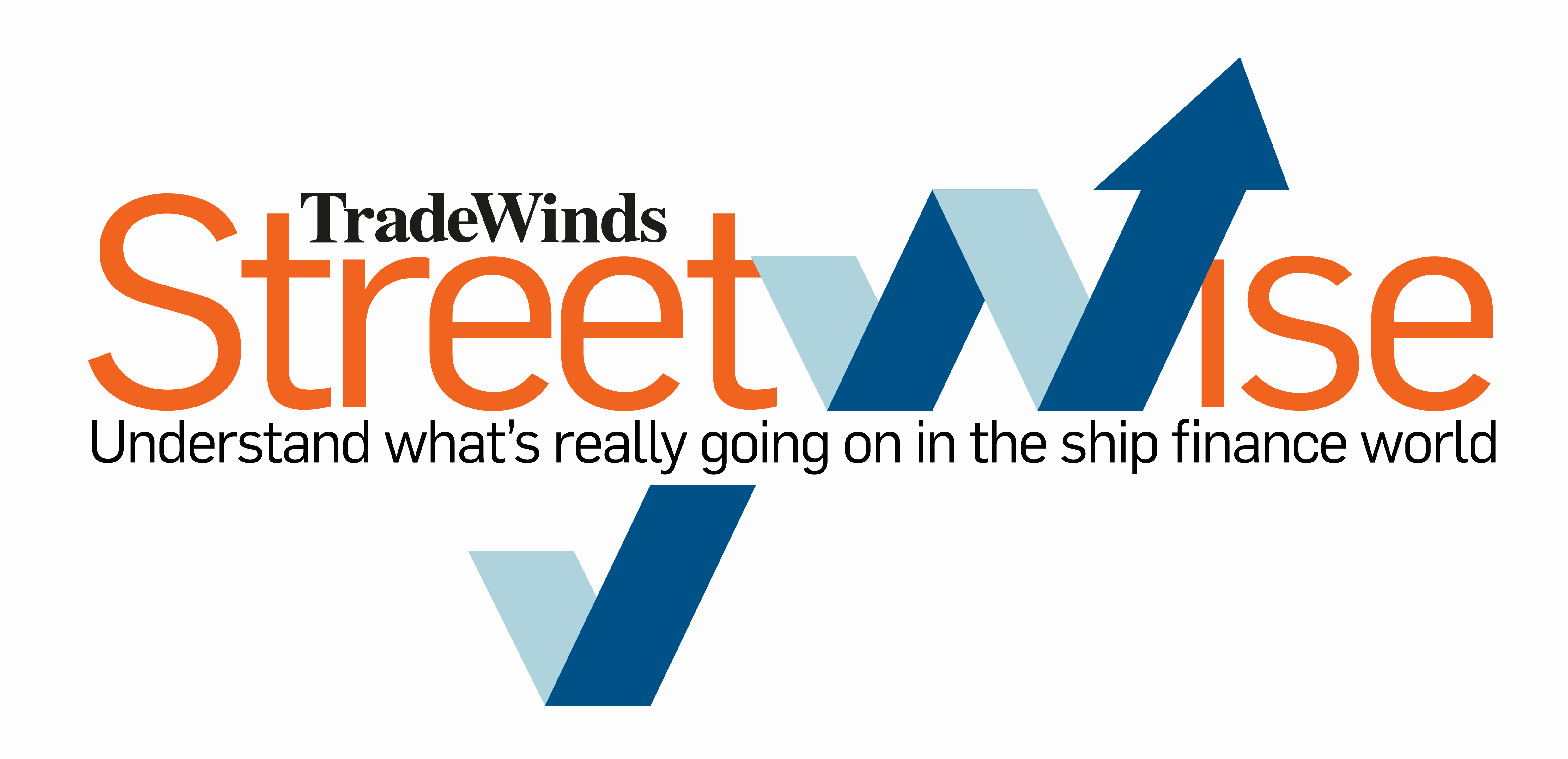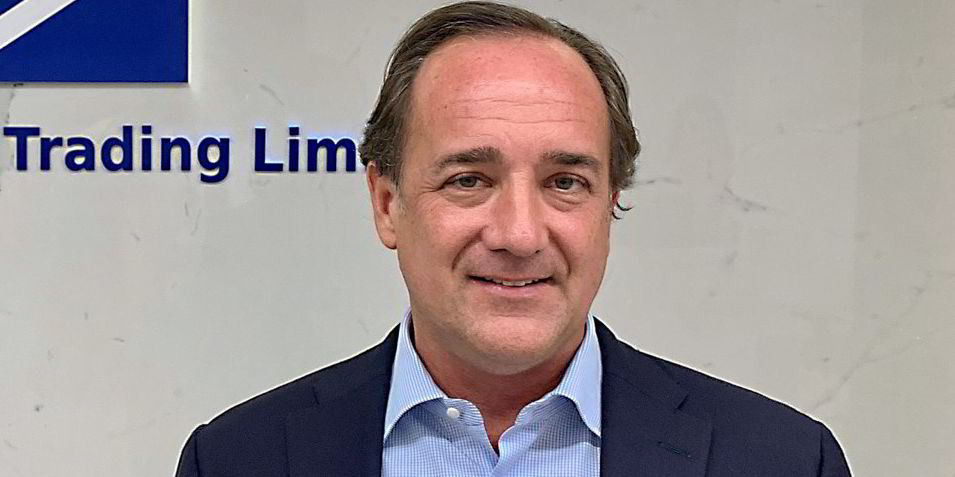This space is getting hot.
That’s essentially the view of the sale-and-purchase market for large, modern bulk carriers from the desk of Genco Shipping & Trading chief executive John Wobensmith, who has dabbled in it as both a buyer and seller in recent weeks.
“I’d call it a little bit of a frenzy, to be quite honest with you,” Wobensmith told Jefferies lead shipping analyst Omar Nokta after presenting Genco’s fourth-quarter earnings on an investor call on Thursday.
“There is a flurry of activity in the capesize sector, and the smaller, midsized vessels are flying off the shelf as well.”
Genco is on the watch for fleet renewal options and in December paid $43m each for a pair of 2016-built capesizes.
“They are probably worth $50m today,” Wobensmith told Nokta. “That’s quite an increase in a month-and-a-half. It’s very hard to find capesizes and highly efficient eco vessels, which is what we’re focused on.
“On the shipowning side, we appreciate it. I’m not sure it’s filtered down yet to the rest of the world, but the market has moved up significantly in the past 30-60 days.”
Nokta confirmed the market surge in a note to clients on Thursday, in which he maintained a “buy” rating and a $22 price target on Genco. The stock was trading at $18.79 on Thursday morning in New York, up 3.4% from the previous day.
“The S&P market has lifted materially since it agreed to purchase these vessels in December, with current shipbroker valuations indicating Genco may already be up at least 10% on the deal,” Jefferies wrote.
Genco has also been a seller of older capesize tonnage, confirming in its earnings report the transfer of the 169,000-dwt Genco Maximus (built 2009) and Genco Claudius (built 2010) to an unnamed buyer. The deal had been reported on 14 February by TradeWinds.
Genco said it received aggregate gross proceeds of $56m from the sale plus a previously reported disposal of the 169,100-dwt Genco Commodus (built 2009). Genco said it avoided $10m in dry-docking expenses tied to the trio’s third special surveys.

Asked by Stifel analyst Ben Nolan whether it isn’t better to be a seller than a buyer in such a frothy market, Wobensmith agreed but said this has to be weighed against Genco’s exposure to what it perceives as an extended strong rates environment.
“We don’t have an interest in shrinking the fleet from these numbers,” he said.
“We like being in dry bulk shipping. So in terms of shrinking the fleet, I don’t see us doing that. But of course, we’ll always look to take advantage of opportunities when they come up.”





